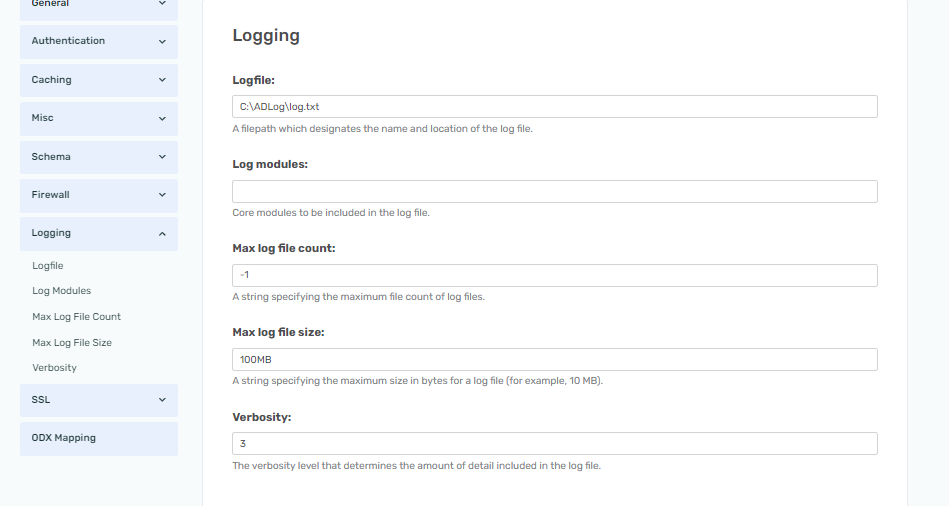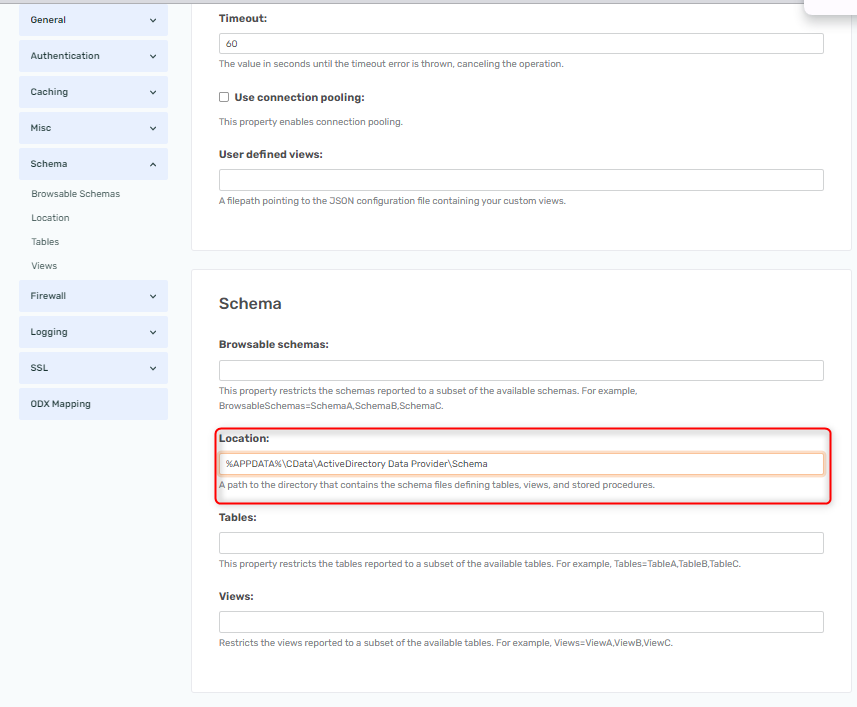Hi guys,
We are creating a users table in Timextender based on Active Directory. However, there’s also an on premise Exchange server, adding Exchange attributes to the user in Active Directory. But it seems we cannot read these attributes. We use the CData Provider for Active Directory in our ODX server. When trying to add the fields, the Exchange attributes are not in the list. How can we add these attributes? Do we need the CData Provider for Exchange? If so, has anyone set that one up and is willing to provide more details?
Or how can we manage to import all the Exchange attributes in our user table?
Thanks!
Stijn Hensen







